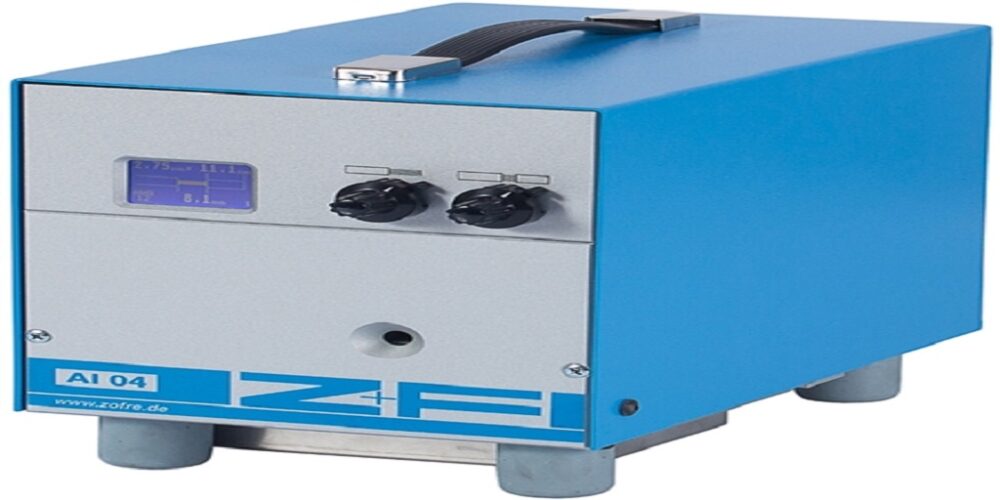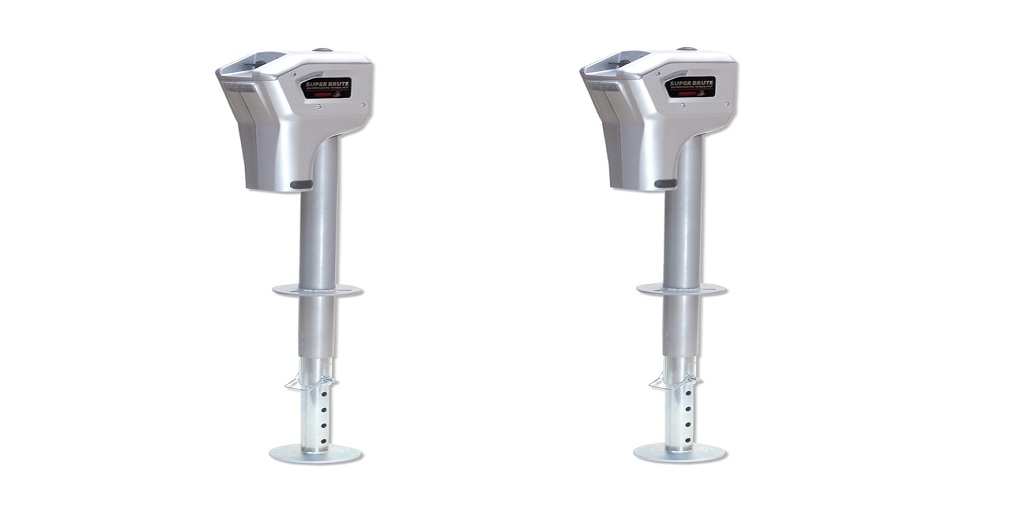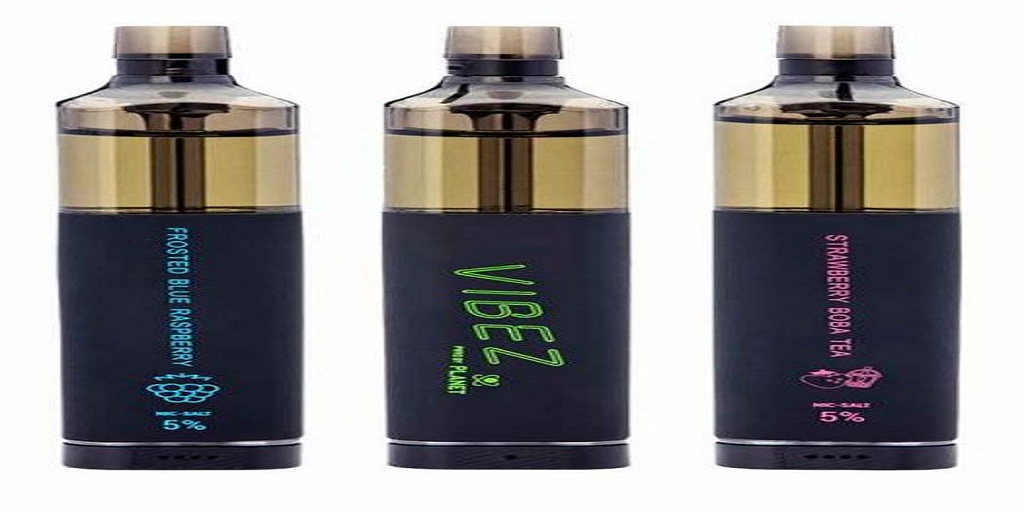Bay lighting is used to illuminate wide-open interior spaces, such as gyms, warehouses, industrial freezers, and various commercial buildings like retail stores.
There are two broad classes of bay lights; high bay lights and low bay lights. This article will parse some of the major differences between low bay and high bay lights and fixtures.
What Are Low Bay Lighting Fixtures?
Ultimately, the main differences between high bay and low bay lights and fixtures are power and ceiling height.
Low bay lights are typically used with ceilings that are between 12 and 20 feet high – hence the name. Low bay light is also typically below 100 watts.
Low bay lights are often used at gas stations, in freezers, and in warehouses and retail locations. They may even be used in some eateries.
Low bay lights also have a wider beam angle since they are mounted closer to the ground. The light has less distance to distribute itself, so the beam angle of low bay lights is usually around 120°. Special lenses or reflectors may also be used to ensure proper light distribution.
What Are High Bay Lighting Fixtures?
On the other side of the coin, we have high bay lighting and fixtures. High bay lights are usually mounted at greater heights, at which the ceiling is between 20 and 45 feet high.
High bay lights are also usually more powerful since they often have to illuminate wider spaces at a greater distance. Wattages of 100 or higher are not uncommon with high bay lights.
High bay lights are used for many of the same applications as low bay lights, but may also be used in hangars, factories, and even storage and municipal facilities.
Because high bay lights are mounted further from the ground, they often have a narrower beam angle, between 60° and 120°. As with low-bay lights, special lenses and reflectors may also be used to ensure optimal light beam spread.
Are LED High Bay Lights Actually Superior?
Both high bay and low bay lights may be mounted using hooks and chains to create pendant lighting. They may also be mounted directly to the ceiling of the building.
Also, both high and low-bay lights may use fluorescent lights, or more commonly, high-intensity discharge (HID) lights like metal halide (MH) or high-pressure sodium (HPS) lights.
However, modern low and high bay LED lights are changing the game in this arena. All types of high bay and low bay LED lighting offer numerous advantages over all other forms of lighting.
LEDs are more energy efficient, longer lasting (with 50,000 hours of operating lifespan or more), and many LED lights can be burned in any configuration (for instance, base-up or horizontally). Some types of LED high bay lights are even directional.
Moreover, LEDs are reliable in extreme temperatures, have no warm-up period, contain no toxic components (like fluorescents and HIDs), and are physically more durable and resistant to shattering. They also produce very little heat, which keeps cooling costs down in large buildings.
Where Can You Learn More?
If you’re interested in learning more about LED bay lighting, or about low and high-bay lighting fixtures, visit ProductsforAutomation.com. They carry a wide range of industrial automation products in their massive catalog, which also includes a huge assortment of LED lighting and fixtures.










